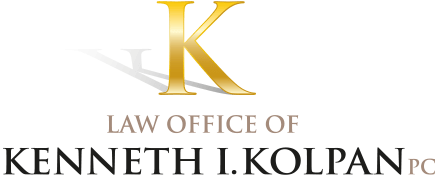Expert Courtroom Testimony
Kenneth I. Kolpan, JD (Editor)
CLOSED HEAD INJURY is poorly understood by the public in general and by juries of laypersons in particular. It is essential that rehabilitation experts be willing and able to testify in court so that jurors can appreciate the sequelae of closed head injury. However, the willingness of professionals to testify does not guarantee that the jury will hear the expert evidence; testimony must conform to rules of evidence.
Admissible evidence comes from two different types of witnesses: laypersons and expert witnesses. Both must testify on the basis of what they saw and heard. The layperson, with some exceptions, cannot go beyond observations to render an opinion, while a qualified expert may give opinion testimony within his or her field of expertise. The purpose of this evidentiary rule is to allow qualified experts to "aid and assist" the jury in its understanding of complicated information such as medical data.
Before expert opinion testimony can be admitted, the witness must first be deemed to be an expert by the judge. The lawyer presenting the proffered expert will elicit the witness's background, such as education, training, and experience. The judge will decide whether or not the expert's background demonstrates sufficient knowledge and competence in a particular field that the court recognizes as valid. Once qualified, the expert witness can state opinions based on observations.
At trial, an attorney will question the expert in order to elicit opinions in such areas as the cause, current diagnosis, and prognosis of the plaintiffs head injury. The expert must state an opinion in terms of probabilities, or the court will exclude the testimony. A recent Nebraska case serves as an example.
In Sanchez v Derby the plaintiff suffered a closed head injury in a 1982 motor vehicle accident. At the request of her attorney and neurologist, the plaintiff was referred to a board-certified neuropsychologist for evaluation and rendering of expert opinion. The neuropsychologist interviewed and tested the plaintiff, and reviewed her medical records. The neuropsychologist determined that the plaintiff was suffering from chronic pain syndrome. The court, however, excluded from the jury the neuropsychologist's expert testimony as to the cause of the plaintiff's head injury. The exclusion of this expert testimony was crucial, because the jury could only award damages if a causal connection between the plaintiff's head injury and the motor vehicle accident were to be established.
Although the court recognized the neuropsychologist as an expert, the court excluded the opinion testimony on causation because the testimony did not meet the legal criteria for admissibility. The testimony offered by the neuropsychologist was as follows:
Most probable causes (sic) of this behavioral change is either (1) a combination of a post-traumatic stress disorder and a reaction to chronic pain, in a previously marginal personality, or (2) an organic affective disorder secondary to mild subcortical brain injury (around the orbital frontal areas) which can occur in such accidents such as this.
While it is possible at this time to state firmly that one of these causes is indeed the most probable cause of her problems . . ., it is not possible to choose between them at present. The type of mild subcortical brain dysfunction which could cause this type of injury cannot (by) itself be easily identified by objective tests which are currently and clinically available. [Emphasis added.]
In a civil trial such as this, the court requires that expert testimony be worded to the effect that a certain event-"more likely, than not" or probably" occurred. Though the neuropsychologist in Sanchez did use the word "probable" at times, he left the jury with two alternative causes, each of which was possible and neither of which was more probable than the other.
Expert testimony stated as possibilities or alternatives leads the jury to speculate as to what caused the plaintiffs injuries; it does not aid or assist the jury in its determination. Courts do not require experts to testify with 100% certainty or even with scientific certainty (whatever that may be). Experts in civil trials need not speak in terms of "beyond a reasonable doubt" (which is the standard in a criminal case). However, as Sanchez makes clear, the expert must say that the plaintiffs current condition was likely (i.e., probably more likely than not, with 51% probability) caused by the motor vehicle accident.
Most courts will recognize well-qualified rehabilitation professionals as experts. It is then the professional's responsibility, with the guidance of the attorney, to present expert testimony that meets the legal criteria for admissibility.
 Boston Brain Injury Lawyer Kenneth I. Kolpan Home
Boston Brain Injury Lawyer Kenneth I. Kolpan Home







